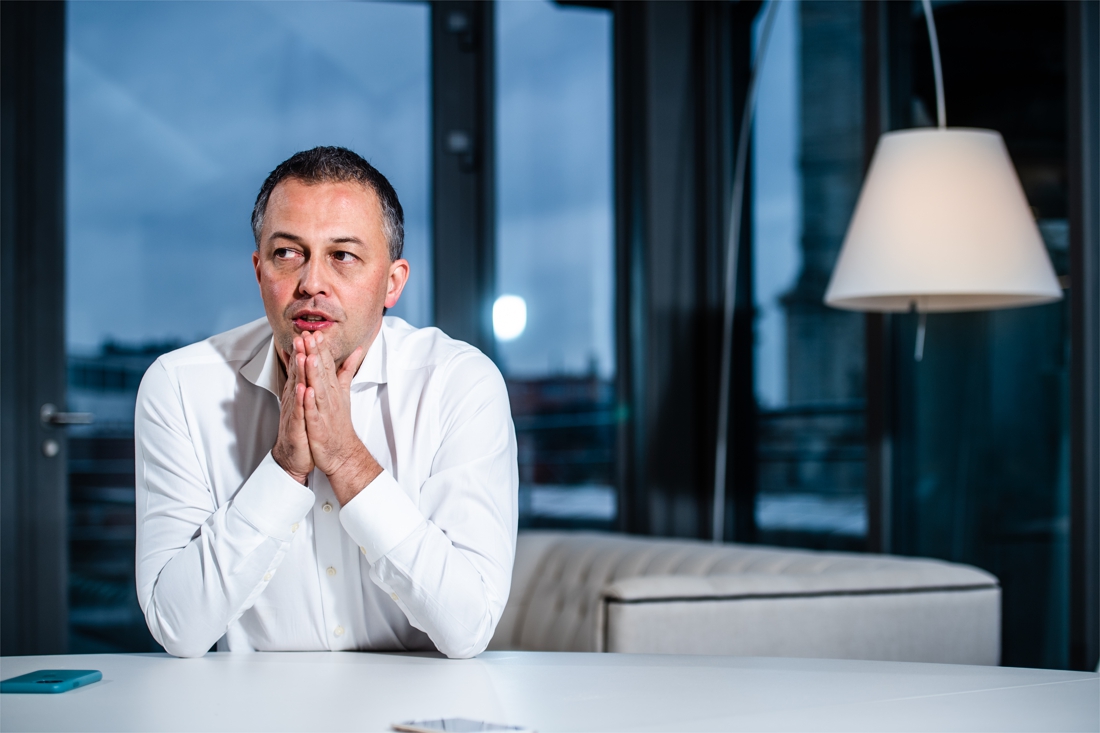This is not New York.
Anyone who is passionate about this metropolis, be it a resident or a regular visitor, has reason to say: “Any resemblance to reality is pure coincidence.”
This was the city where there were bars, restaurants or supermarkets open 24 hours. Now it is the city that offers an image of war conflict.
The impact of the pandemic, which has put the Big Apple in torpor since mid-March, has been compounded in recent days by repeated serious incidents of looting and looting. This has created a false image about the number of peaceful people demonstrating against police brutality after the death of George Floyd, which happened in Minnesota but could happen here, as it happened with Eric Garner and his pioneer “I can’t breathe” of 2014, which has been repeated in the past six years.
Governor Andrew Cuomo remarked that up to this Thursday some 20,000 people have demonstrated, “without respecting social distance” against the Covid-19.
On Fifth Avenue, Soho, the Village, Upper West or East Manhattan, in Brooklyn, and even in Queens and the Bronx, the sealing of businesses with wooden plaques has spread like a fever. In some they have added wire. It smells of sawdust and fear.
A “quiet” day of demonstrations ends with 90 detainees and three policemen injured
The hiring of private security guards has multiplied. The open city, where everyone has a place, always ready for the next novelty, offers the feeling of living in fear. The alarms that are received every afternoon on mobile phones, reminding that the curfew begins at 8:00 p.m., give even more the feeling of exceptional time.
“The police have attacked us for decades, they have treated us like animals and nobody has done anything, nothing has changed,” says Amir, an African American and resident of the Bronx. His complaint is not heard in one of the daily protests on the streets of New York. The conversation takes place in the premises of the police station number 6, in the West Village.
An ordinary citizen has gone to denounce that last Monday, in an alleged demonstration on 14th Street and in which looting was widespread, they beat him and stole his iPhone. While waiting, Amir enters the scene. “ Boss , I can wait five minutes after three days locked up ”, he tells one of the agents. The boss (boss) uses it when addressing any of the uniformed men. Once released, this is the time when it is your turn to retrieve your belongings.
They return the envelope with his things, but he detects that his mobile phone and that of his girlfriend, also detained in the same operation, are missing.
“They caught us on Sunday, in Soho,” he explains. The neighborhood, famous for its brand-name stores for the wealthy public, suffered widespread looting that day.
“For a long, long time we have been demonstrating peacefully. What was the result? None. This is the way we have for society to see our situation ”, he replies to justify the destruction.
He makes a face when he reminds her that not only have corporate or rich product businesses been attacked, but family establishments have also been destroyed and in his own Bronx, establishments of working people who share or suffer in their own flesh the bad police treatment and the consequences of a judicial, social and economic system that hurts blacks compared to whites.
“You know, collateral damage,” he answers. “We are heading towards another civil war,” he advocates.
-Civil war?
Yes, because the Government has to take care of its people and it is clear that it is not doing so.
The conversation ends. The ordinary citizen is informed that the north side of 14th Street, where they attacked him, corresponds to barracks number 13, which is east of 21st Street. A patrol car “gives him a transport.” In the lobby, a mother asks the detective who arrested her son on Monday for clarification. “I was inside the store,” he says. “In the video you don’t see that my son forced the door,” she says. “The judge will decide,” concludes the agent. The talk is respectful. But the New York uniforms have once again earned a reputation for brutality and for punishing blacks and browns.
The videos of a patrol car hitting concentrates, the mistreatment of a young woman or how agents lift the mask of a protester and spray him with pepper spray have fired up New Yorkers.
“We were gathered peacefully at Columbus Circle and the policemen have come and started beating their truncheons,” said an elderly man this Wednesday. The action was due to the fact that curfew had begun. Situations like this occurred in Manhattan and Brooklyn.
That night was quieter than the previous ones. “Only” there were 90 detainees and three officers injured.
There are stamping plates that serve as a canvas or sheet for writing messages. “The rich are no longer safe,” it reads.
Will the social and racial conflicts in the United States increase?
Total votes: 0
–


